M2.3 solar flare from sunspot region 2172
Wednesday, 24 September 2014 11:03 UTC
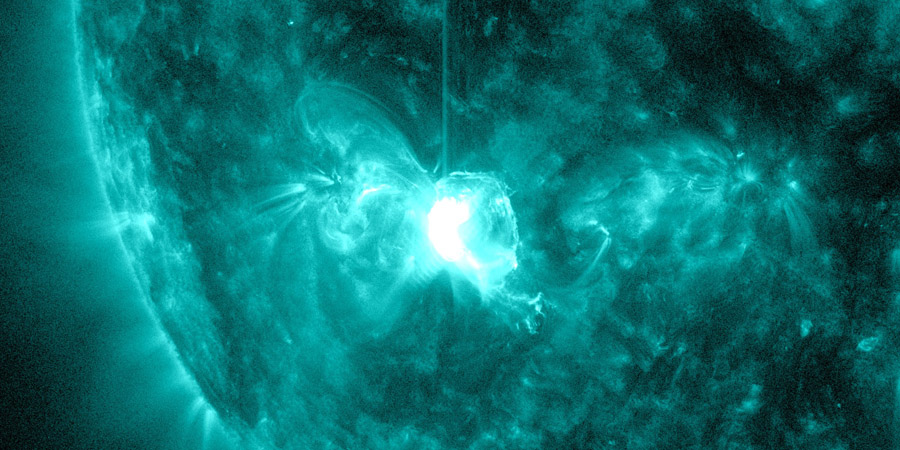
Solar activity increased to moderate levels. Sunspot region 2172 continues to grow and gained in magnetic complexity, producing an M2.3 (R1-minor radio blackout) at 23:16 UTC. We also take a look at both the current and the expected geomagnetic conditions as coronal hole high speed stream effects continue to affect Earth.
The solar flare was associated with a 250 sfu Tenflare along with Type II (652 km/s) and Type IV radio sweeps. SOHO/LASCO coronagraph imagery is still missing a lot of frames which makes it hard to tell if there was a coronal mass ejection (CME) associated with this event. Numerous other coronal mass ejections have been visible in LASCO imagery during the past few days but they were all related to back side events. In the video below you will see the M2 solar flare but at the same time you can see another eruption from behind the limb. There might be more activity on the way from a sunspot region that we can not see yet! We will update this post when more LASCO frames become available.
Despite this M-class solar flare, sunspot region 2172 remains a relatively simple sunspot region but there has been some development of interest. It has developed a new negative polarity spot south of the large leader spot which is enough reason to give this region a Beta-Gamma classification. Another low-level M-class event is possible in the next 24 hours but the chances remain low.
M-class flare probability: 25% chance
X-class flare probability: 1% chance


NOAA alerts related to the M2 solar flare
ALERT: Type IV Radio Emission Begin Time: 2014 Sep 23 2340 UTC
ALERT: Type II Radio Emission Begin Time: 2014 Sep 23 2314 UTC Estimated Velocity: 652 km/s
SUMMARY: 10cm Radio Burst Begin Time: 2014 Sep 23 2307 UTC Maximum Time: 2014 Sep 23 2309 UTC End Time: 2014 Sep 23 2312 UTC Duration: 5 minutes Peak Flux: 250 sfu Latest Penticton Noon Flux: 138 sfu
Geomagnetic conditions
Geomagnetic conditions remain elevated as coronal hole effects continue. The direction of the IMF is still mostly south which is sparking aurora at high latitude locations. Aurora have been seen from latitudes like Scotland, southern New Zealand and even along the US-Canadian border. High latitude sky watchers need to remain alert for auroral outbreaks in the coming days. Unsettled (Kp3) to active (Kp4) geomagnetic conditions remain possible over the next 3 days.

Image: A modest display of the Aurora Borealis as seen last night from southern Scotland by Mark Ferrier.
Lunar transit as seen by SDO
Last but not least: the moon came in between SDO and the Sun today causing a solar eclipse only seen from space. This occured between 06:50 UTC and 07:20 UTC. Here are a couple of SDO images made in different wavelengths showing the Moon as it partially blocks the Sun. Always a stunning sight!
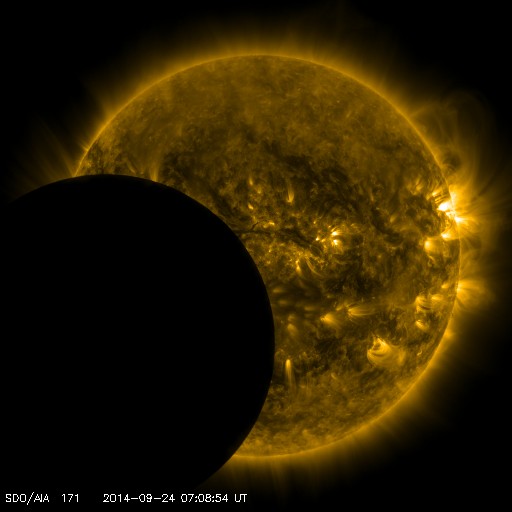
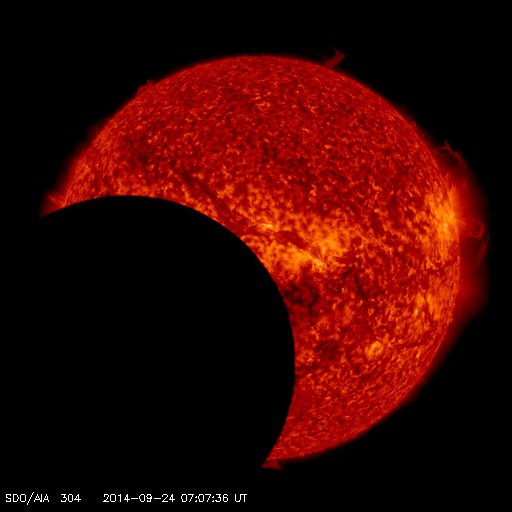
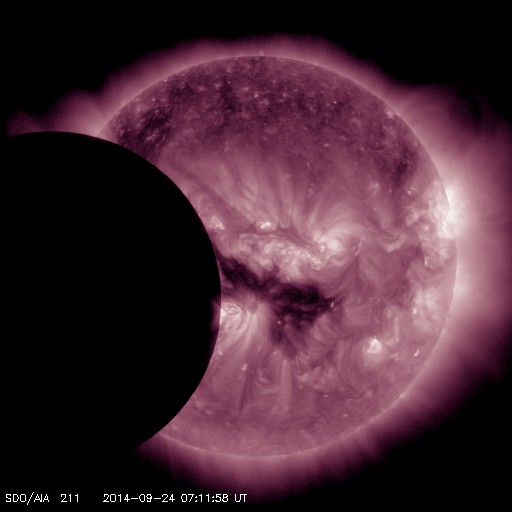
Images: NASA SDO.
UPDATE 14:45 UTC
SOHO/LASCO imagery is now complete and it is clear that the M2 solar flare released a CME that is directed east and away from Earth. There is also an eruption visible from behind the east-limb which makes an analysis difficult but neither of the eruptions are heading towards Earth.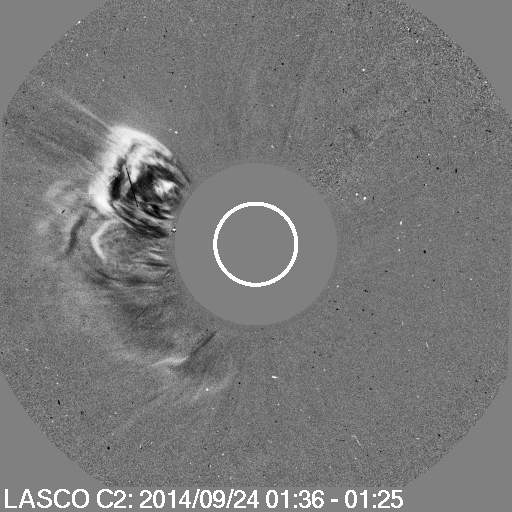
Thank you for reading this article! Did you have any trouble with the technical terms used in this article? Our help section is the place to be where you can find in-depth articles, a FAQ and a list with common abbreviations. Still puzzled? Just post on our forum where we will help you the best we can!
Latest news
Latest forum messages
More topicsSupport SpaceWeatherLive.com!
A lot of people come to SpaceWeatherLive to follow the Sun's activity or if there is aurora to be seen, but with more traffic comes higher server costs. Consider a donation if you enjoy SpaceWeatherLive so we can keep the website online!

Space weather facts
| Last X-flare | 2024/12/08 | X2.2 |
| Last M-flare | 2024/12/26 | M3.0 |
| Last geomagnetic storm | 2024/12/17 | Kp5+ (G1) |
| Spotless days | |
|---|---|
| Last spotless day | 2022/06/08 |
| Monthly mean Sunspot Number | |
|---|---|
| November 2024 | 152.5 -13.9 |
| December 2024 | 115.2 -37.3 |
| Last 30 days | 118.5 -39.1 |


